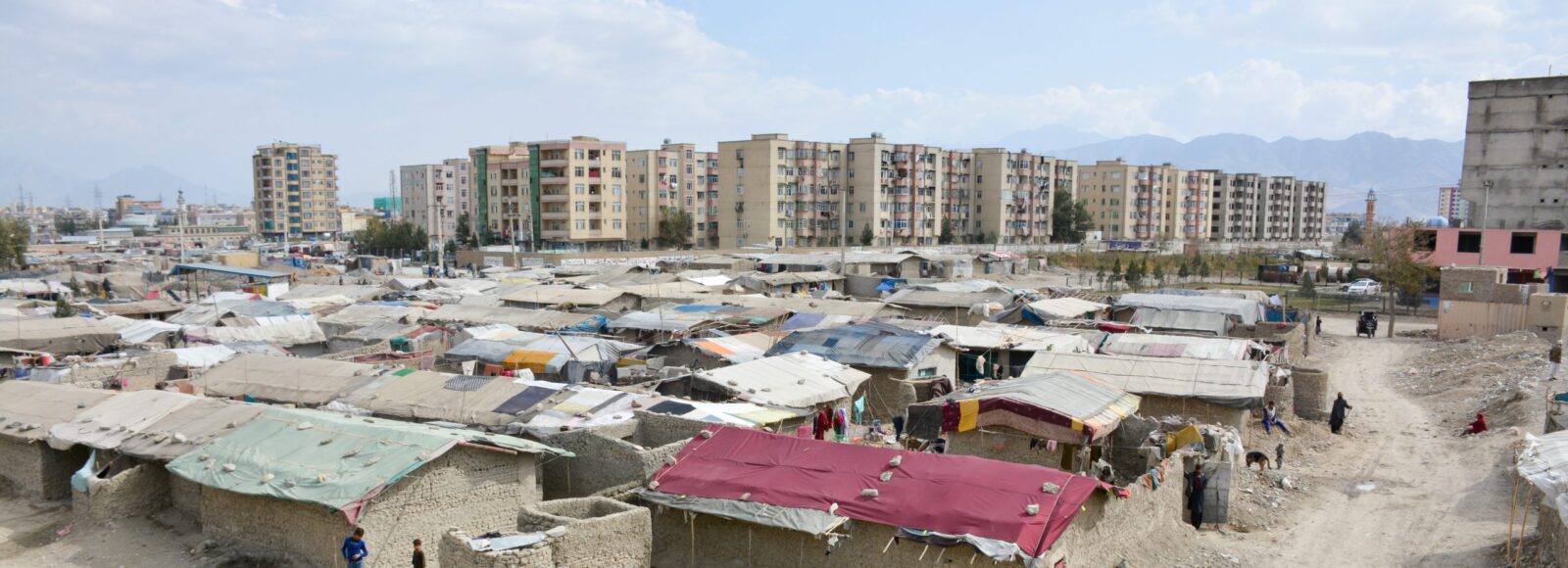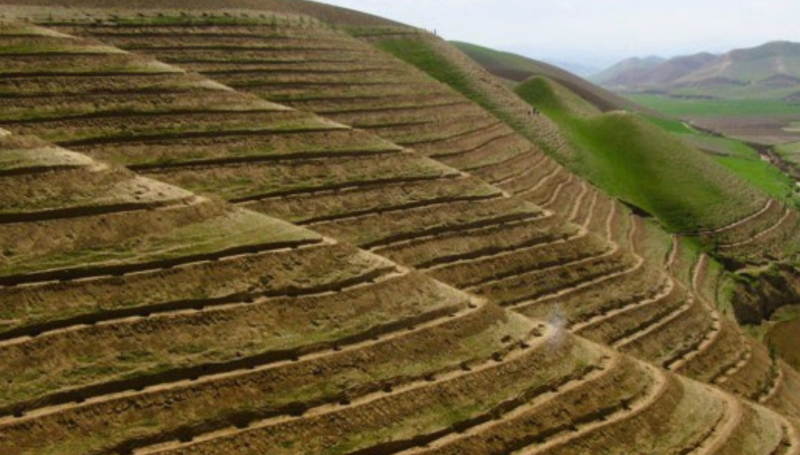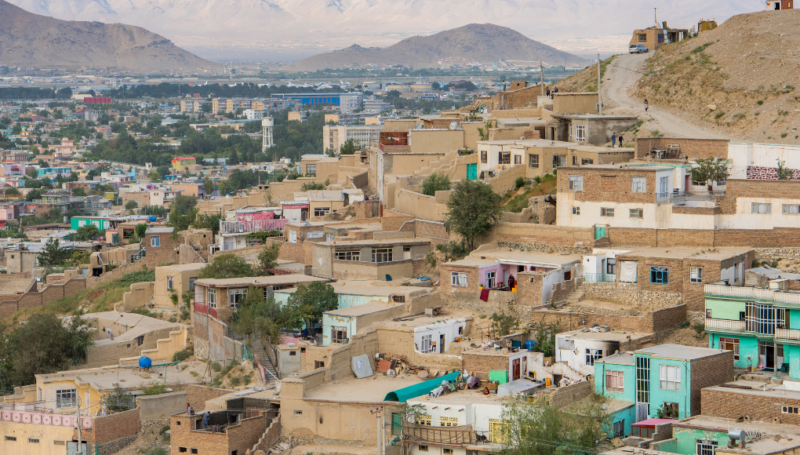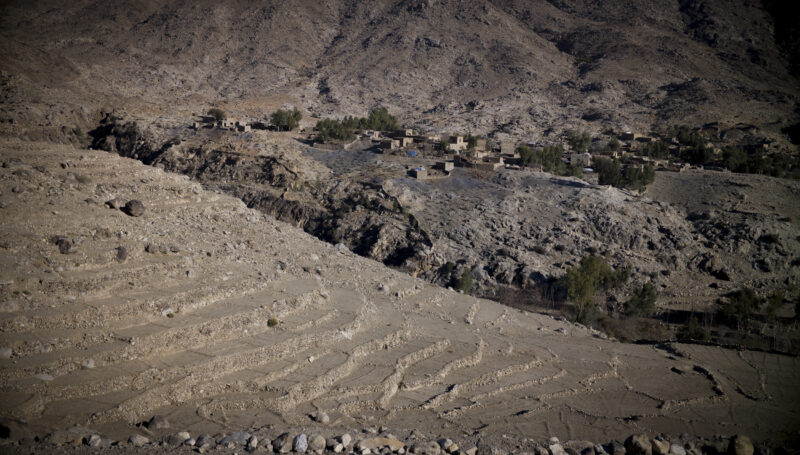The 2018-2021 Humanitarian Response Plan in Afghanistan was updated this year with a renewed focus on the situation in informal settlements, including the needs of the long-displaced populations within them, and the extent to which they are included in humanitarian and development caseloads. However, the needs, demographics, and current living conditions of these often-overlooked populations are not well understood. Such information gaps, already a hindrance for shaping an effective humanitarian response, were exacerbated by the progression of the COVID-19 pandemic, making the need to respond to these highly vulnerable caseloads ever more pertinent.
Research regarding informal settlements (ISETs) has steadily progressed since initial work stemming from the Kabul Informal Settlements Task force in 2015. IOM DTM has included Informal Settlements in its mobility tracking (2019, 2020) and an updated study on Kabul has been conducted by the UN-Habitat lead Housing Land and Property (HLP) Task Force in the Protection Cluster. From this foundation, REACH designed its 2020 ISETs assessment to contribute to existing research in Afghanistan, specifically by identifying sites which were not yet included in aid actor assessments and programming, and providing strategic information on the situation in such sites.
Uniting a response without a clear definition
In trying to develop an assessment that would aid in operational planning and unite the response with a single dataset of caseloads and needs, REACH learned that there was no consensus, or single cohesive idea, of what constitutes an informal settlement in Afghanistan. The majority of actors agree that ISETs are characterized by a lack of security of tenure, the legal right to occupy shelter or land. Some add that ISETs also lack access to basic services, while others insist lacking services is actually symptomatic of not having the legal right to be on the land. Other documents do not define an ISET outright, but refer to it as though common knowledge – as though the reader should already know the types of sites to which they are referring.
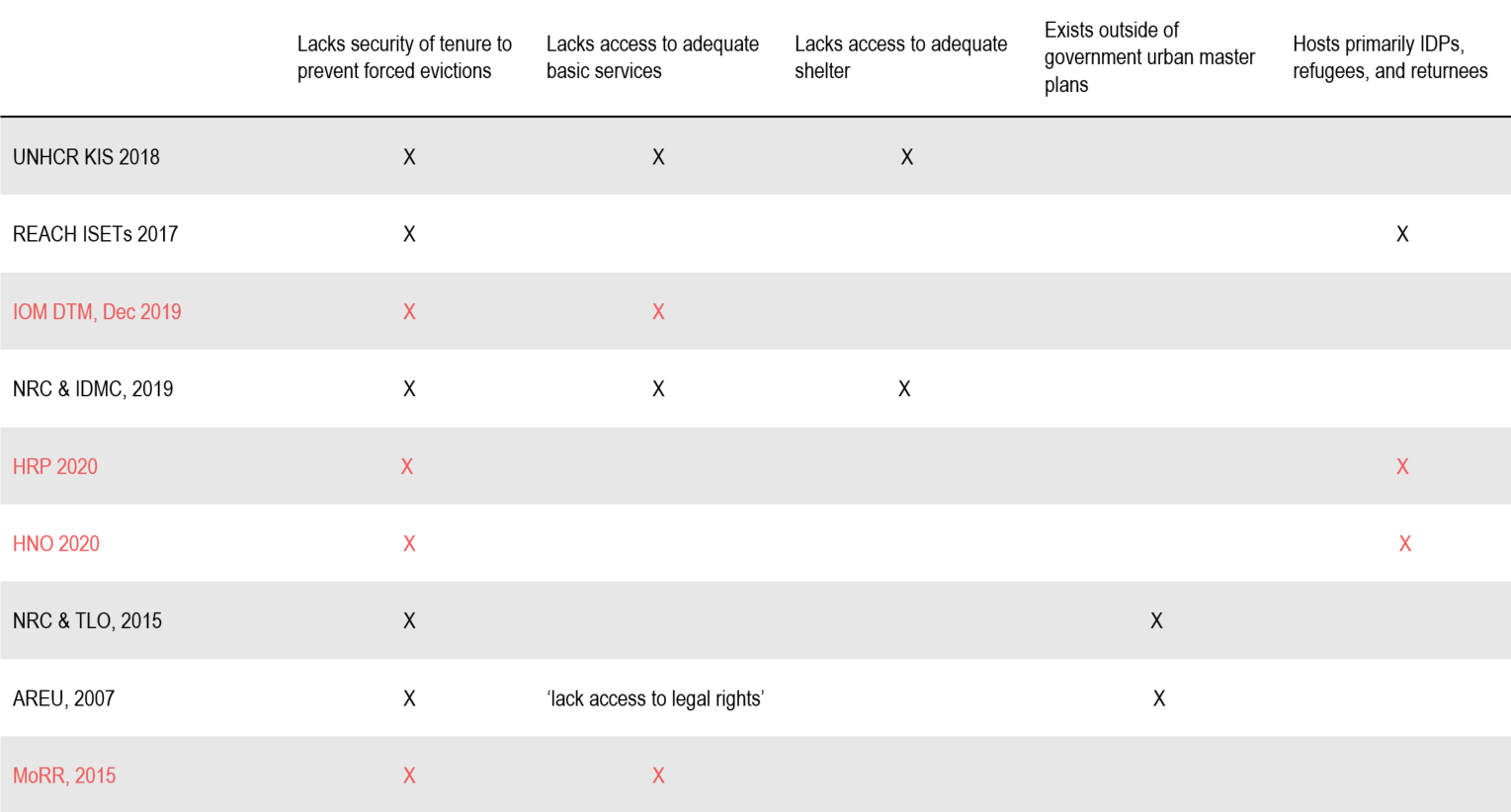
Variations of understandings on what constitutes an ‘informal settlement’ in Afghanistan
This web of ISET characteristics, a mix of legal, demographic, and access components, may be a fair presentation of ISETs in Afghanistan – they take many forms. Yet, with varied understandings of what an informal settlement is, how can a common caseload for response be identified, and how can aid actors unite to address the needs and vulnerabilities within these sites?
Starting with these questions, REACH set out to implement its first round of data collection for the ISET Program.
Broad sampling to speak to all actor definitions
REACH chose to start its assessment on ISETs with a broad, all-encompassing understanding of all ‘ISET’ types in the country. This included sites that existed outside the narrow parameters that some actors apply – accepting any site described as an ISET by any partner. By keeping the parameters broad, REACH provided major aid actors with data that could be tailored to their definition of an ISET, allowing for their programming to successfully leverage the information collected and achieve a positive impact on the ground.
REACH conducted the first round of data collection for the ISETs assessment in May and June of 2020. To do so, Key Informants (KIs) were called remotely to collect data on demographics, the extent of service access, and the multi-cluster needs and vulnerabilities of sites. As the COVID-19 emergency and lockdowns were unfolding at the time of data collection, a significant portion of the tool focused on the perceptions and impacts of the pandemic, as well as key sectoral indicators for the response. Later, these indicators were compiled into a COVID-19 vulnerability index, which ranks a site’s vulnerability to secondary impacts due to the pandemic or associated lockdowns.
This assessment covers 1,147 sites across 133 districts in 28 provinces in Afghanistan.
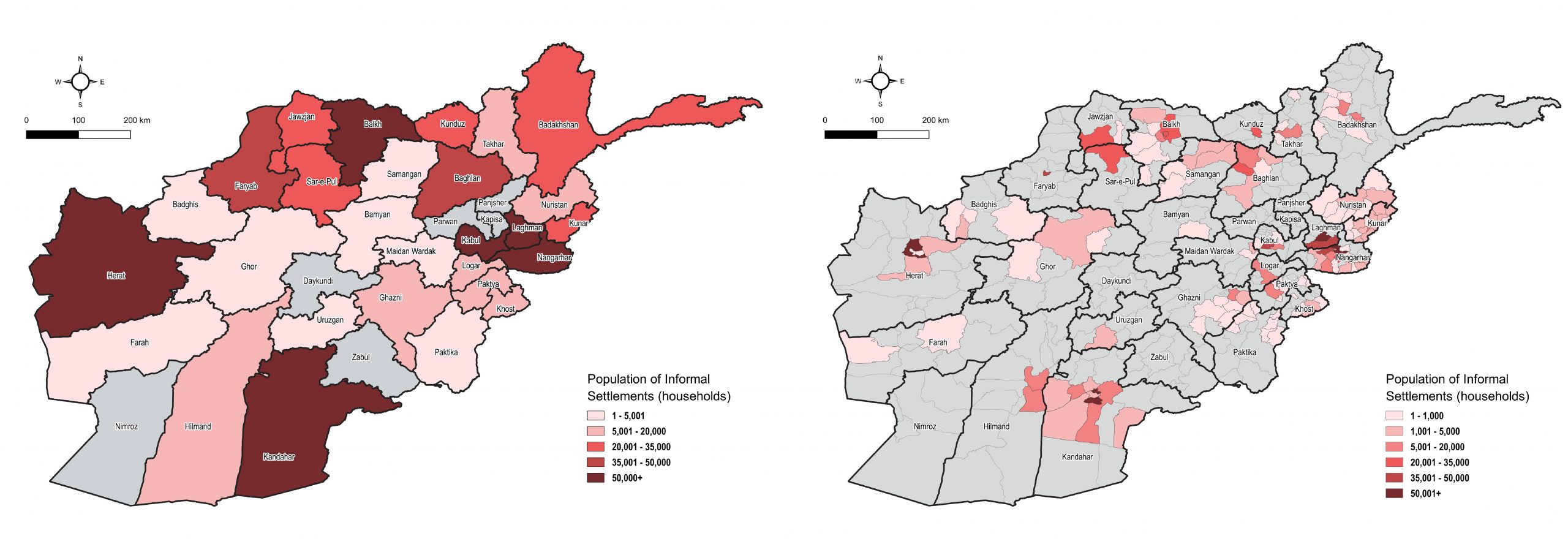
How site characteristics can guide response and planning
Just as there are multiple ways to consider an ISET, and therefore more ways to divide the caseload than just by geographic location (see below). Thus, in addition to a regional analysis of indicators, REACH has analyzed the data based on several defining characteristics of ISETs in Afghanistan. For this assessment, the dataset was divided into seven distinct subsets, including tenure security, service access, shelter adequacy and site location (urban/peri-urban/rural).

Caseloads of ISETs in Afghanistan, as dictated by different site characteristics
Through this analysis we can understand that, for example, based on KI reporting, there are more attempts by authorities to relocate a site if that site is larger (over 750 households), if the majority of residents have lived there for less than 5 years, or if the majority of households live in inadequate shelters. This trend could speak to the idea that a site is seen as part of the community or social fabric over time. From a programming standpoint, these sites where relocation is less common – longer-standing, and smaller in size – may be good locations for shelter or basic service programming. The findings as a whole indicate that different site characteristics can indicate trends in needs and vulnerabilities, and can help target aid responses.
Next steps for ISET research in Afghanistan
Regardless of scope, definitions, or characteristics, there is a need across the country to bring these settlements into the fold of humanitarian and development aid agendas. In continued coordination with partners and clusters, REACH is conducting a second round of data collection, allowing for longitudinal analysis of key indicators. The second round will feature updated methodology, such as face-to-face data collection with KIs as much as possible, which allows for ground-truthing and additional location data to be collected. Highly collaborative, the assessment benefits from the technical support of the Norwegian Refugee Council, and is enabled by USAID.
Get in touch
Ari Weiss, Recovery and Resilience Research Unit Manager, [email protected]
Emmanuel Gamard, IMPACT Communications Officer, [email protected]
For more information
The analyzed data set, including geographic (district, province, and national levels) and characteristic analysis, are available at this link.
Check out the factsheet booklet, featuring findings at district, provincial and national levels.
To access all the outputs related to the REACH’s work in Afghanistan, follow this link to the REACH Resource Centre.
Photo credit: NRC/ Enayatullah Azad





